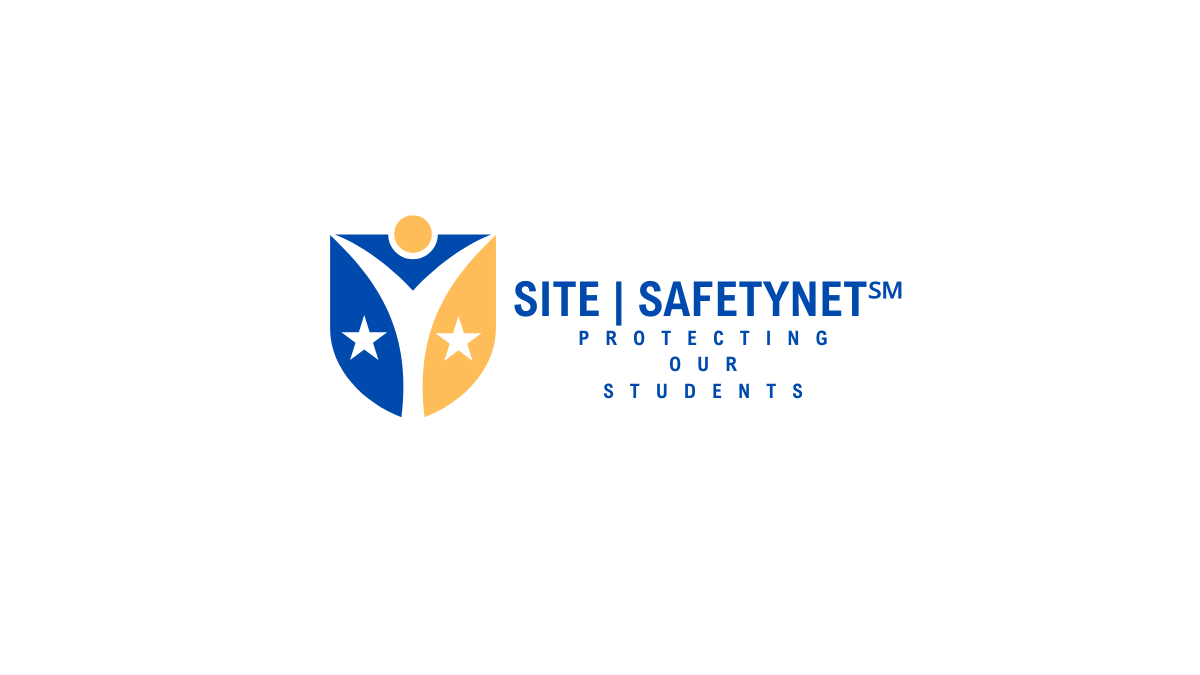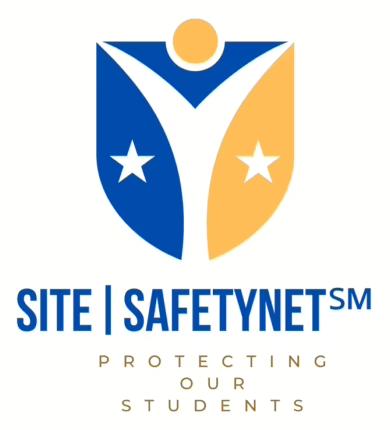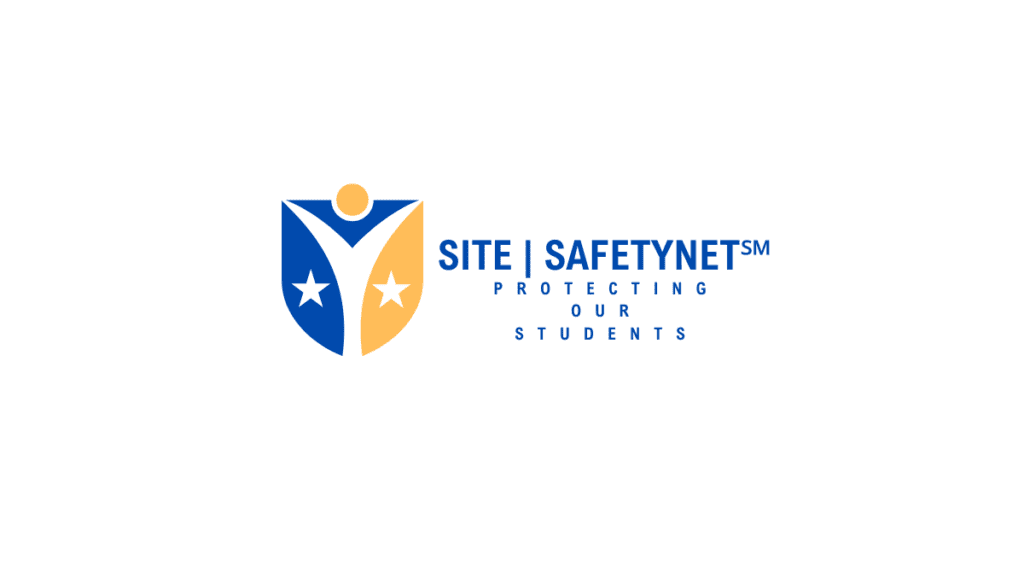 By Robert Jordan
By Robert Jordan
Posted on https://sitesafetynet.org/
Threat Assessment vs. Threat Response: Bridging the Gap for Safer Schools. Regarding school safety, understanding the difference between threat assessment and threat response can mean the difference between prevention and reaction. At SITE|SAFETYNET℠, we’re committed to empowering our community with practical insights to stay ahead of potential risks. So, let’s break down these two critical concepts and explore how a reverse-thinking approach can close the gap in crisis response.
What’s the Difference?
According to the U.S. Secret Service, a threat assessment is a structured process for evaluating an individual’s risk, typically in response to concerning behavior or a specific threat. It’s about determining if a threat is credible and what steps, such as counseling or increased monitoring, are needed to prevent violence.
On the other hand, threat response is the action taken based on that assessment. While assessments can sometimes be formal and detailed, they don’t always require hours of deliberation. In urgent cases, decisions must be made in seconds, like a student visibly armed in a hallway.
The challenge? Too often, we treat threat assessment as a linear, bottom-up process, assuming there’s time to gather all the facts. This can widen the reactionary gap between identifying and acting on threats, potentially costing lives.
The Pathway to Violence
Experts have mapped out a “Pathway to Violence,” a series of behavioral steps most active shooters follow before an attack. Threat assessments help pinpoint where someone is on this path, from early warning signs to imminent danger. But identifying a position on this timeline isn’t enough.
Schools must have clear trigger points—predefined thresholds that prompt specific actions, whether an intervention plan for a low-risk individual or a lockdown for an imminent threat. Without these action plans, assessments are just data points. For example:
- Low-risk: Implement a support plan, like counseling or parental involvement.
- High-risk: Involve law enforcement.
- Imminent threat: Initiate a lockdown or activate a panic button.
Flipping the Script: A Reverse Approach
Traditional threat assessment starts at the beginning of the pathway, gathering information to build a case. But in a crisis, this can be dangerously slow. Instead, consider a top-down approach: assume the threat is imminent until proven otherwise. This mindset minimizes the reactionary gap and prioritizes rapid response when seconds matter.
Here’s how it works:
- Receive a threat: Start with the assumption it’s real and urgent.
- Ask key questions:
- Are shots being fired? If yes, hit the panic button.
- If not, do you know who’s making the threat? Are they on campus? Where are they?
- Eliminate urgency: Act decisively if you can’t rule out an immediate threat (e.g., lockdown or alert authorities). Step back to a lower threat level if you can justify de-escalation based on new information.
- Stay flexible: Be ready to re-escalate if new details emerge.
This reverse process forces quick decision-making. Rather than searching for more information to justify action, you act first and de-escalate as evidence allows. It’s about reducing hesitation and ensuring the safety of students and staff.
Why It Matters
The highest risk in a school crisis occurs when a threat is imminent or an attack has begun. While a bottom-up approach is thorough, it can delay response. Schools can act faster by starting with the worst-case scenario and working backward, buying time for law enforcement to intervene.
At SITE|SAFETYNET℠, we believe preparation is the key to prevention. By pairing threat assessments with clear, actionable response plans and adopting a reverse-thinking mindset, schools can shrink the reactionary gap and protect their communities more effectively.
Stay informed and stay safe with SITE|SAFETYNET℠. Share your thoughts on school safety strategies in the comments below!
Robert Jordan is a safety advocate and founder of SITE|SAFETYNET℠, dedicated to fostering secure environments through education and safety assessment innovation.
Bridging the Gap: Overcoming Non-Academic Barriers to Student Success

